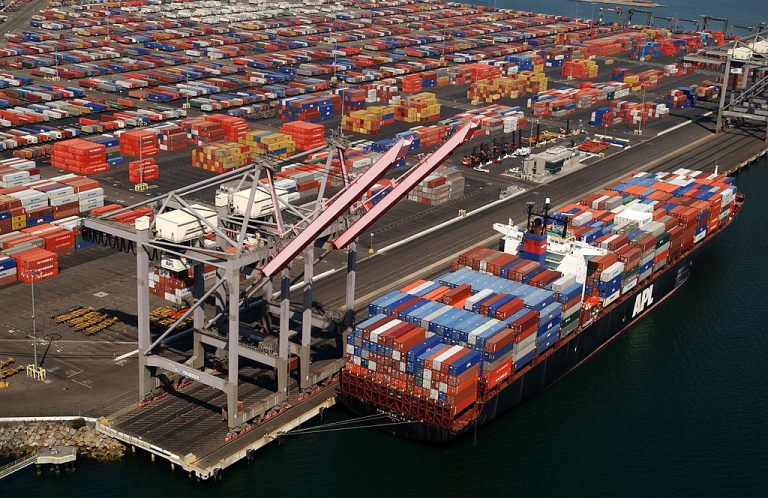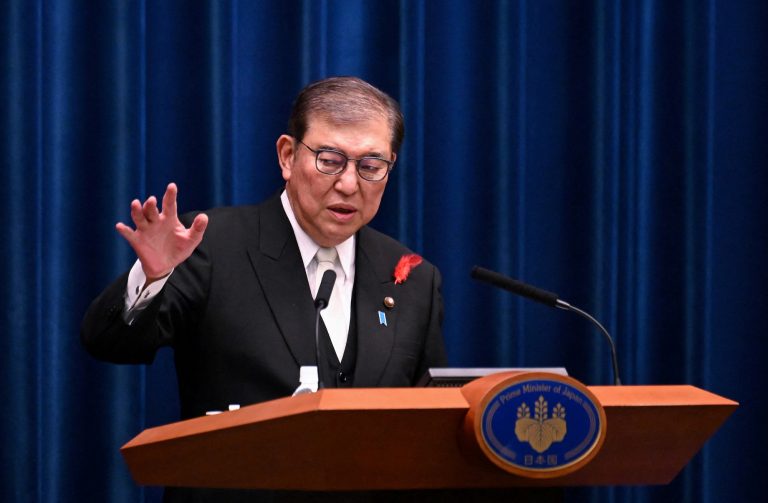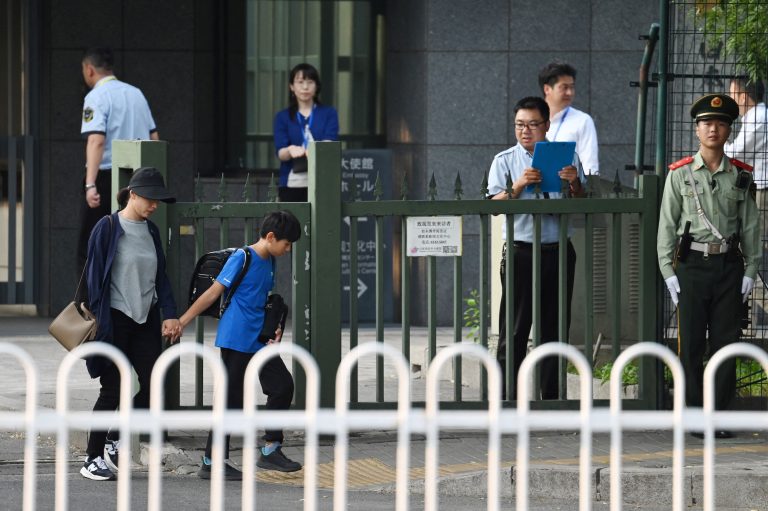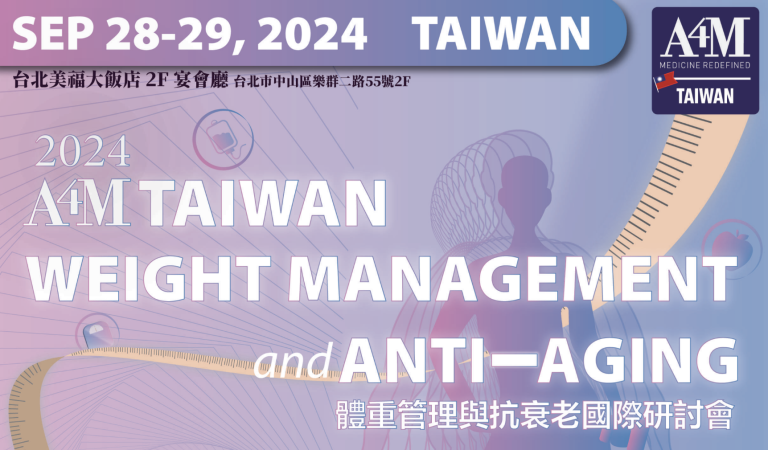Members of a China-centered Asian trade bloc hope the initiative will help stimulate local economies following crippling losses sustained during the pandemic.
The Regional Comprehensive Economic Partnership (RCEP) includes 15 countries in the Asia-Pacific region and encompasses about 30 percent of the world’s trade and gross domestic activity.
The deal, which took effect on Jan. 1, will slash tariffs on thousands of products, streamlining trade procedures and providing mutual advantages for member nations in trade and economic integration. It also takes into account issues such as e-commerce, intellectual property and government procurement.
Nations currently enrolled in the bloc are: China, Japan, Australia, New Zealand, Brunei, Cambodia, Laos, Singapore, Thailand and Vietnam, which completed ratification last year. South Korea is scheduled to join on Feb. 1, followed by Indonesia, Malaysia, Myanmar and the Philippines. Not included in the partnership are the U.S. and India, which pulled out of the accord in November.
Experts say the RCEP is expected to boost trade within the region by two percent, or about $42 billion, both through increased trade and diversion of trade as tariff rules change. The accord will particularly benefit China, Japan and South Korea — Asia’s biggest economies, which are now connected by a free trade agreement for the first time.
Success
You are now signed up for our newsletter
Success
Check your email to complete sign up
It is also estimated that Japan will benefit the most from the deal, with overall effects on exports estimated at $20.2 billion, followed by China at $11.2 billion and South Korea at $6.7 billion. According to Japan’s trade ministry, certain tariffs on Japan’s exports for electric vehicle components to China will be removed as the new regulations take place.
China seeks to lead economic growth in the region
“RCEP is of great significance building new development patterns and a milestone in opening up our economy,” Chinese Vice Minister for Commerce Ren Hongbin said on Dec. 30 prior to the launch, adding that the bloc would bring member economies closer and “greatly boost confidence in economic recovery following the pandemic.”
Nikkei Asia reported that the launch comes at a time when countries in Asia are seeking to invigorate their economies and shore up supply chains while China, the group’s largest member, with 1.3 billion people, strives to raise its profile in Asia’s mechanisms for economic integration.
The RCEP also appeals to developing countries such as Vietnam and Indonesia because it reduces barriers for trade in farming, manufactured goods and components, which make up a large amount of these countries’ exports. According to the World Bank, the deal will account for $25.8 trillion in output, as well as $12.7 trillion in global trade.
In addition, the trade bloc is expected to introduce many service sector jobs to workers in member countries — a big incentive for countries like the Philippines and Malaysia that rely heavily on an influx of cash sent back home from migrant workers working abroad.
Philippine Trade Secretary Ramon Lopez said he expects his country’s lawmakers to ratify the pact in February. The Filipino government was dealing with the aftermath of a typhoon that struck the island on Dec. 16 and did not have time to finish the deal before the Jan. 1 launch.
“RCEP will uplift GDP and lower poverty incidence. It will open up more market access for our exports and widen sourcing of needed inputs that will improve competitiveness of our manufacturing sector and exporters,” Lopez said.
“There is no reason nor logic not to ratify RCEP,” he said, adding that failing to do so would be “catastrophic” since investors would likely favor countries within the trading bloc.
Deal benefits Beijing at US expense
Like any trade deal, the RCEP has faced significant backlash from legislators criticizing a “lack of labor and environmental standards consistent with what U.S. analysts consider a high quality trade agreement.” RCEP’s tangible economic impact is also likely to be incremental rather than transformational, according to an analysis by Brookings Institution, which estimates $500 billion in additional world trade by 2030 resulting from the deal.
The Washington Post reported that although RCEP may serve to fill a “made-in-the-U.S.A. vacuum,” it does so on terms that, while not solely dictated by Beijing, certainly suit China better than any trade deal the Trans-Pacific Partnership (TPP) would have enacted.
As the U.S. prepares a response of its own, the Biden administration will likely also pursue tougher policies against Beijing’s regional aggression and seek to rally other Asian countries to its cause. However, experts argue that it will be a difficult task to accomplish as unilateral economic impacts have resulted in devastating losses to the global economy.







